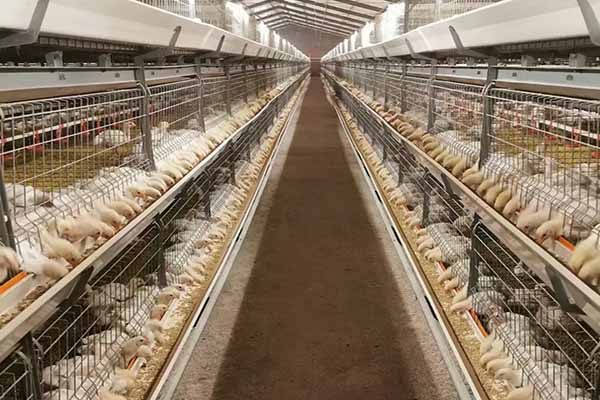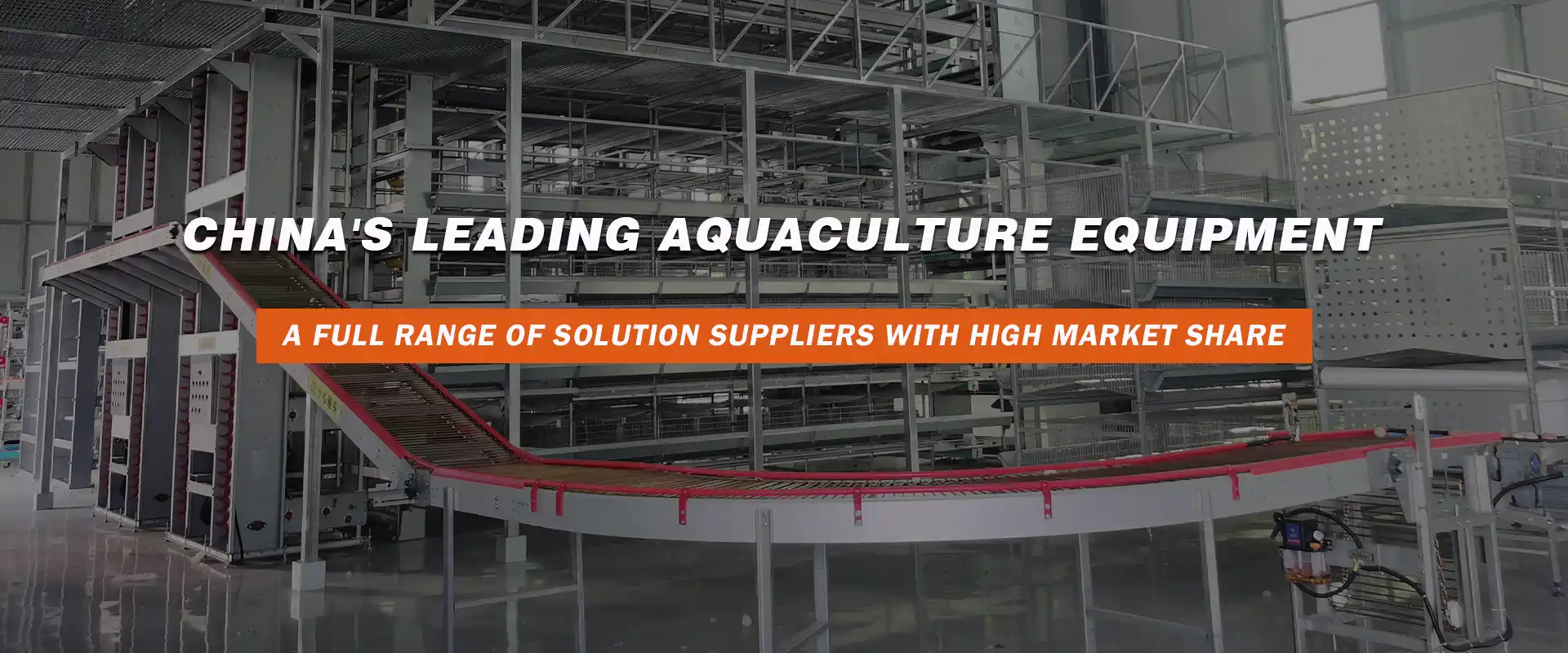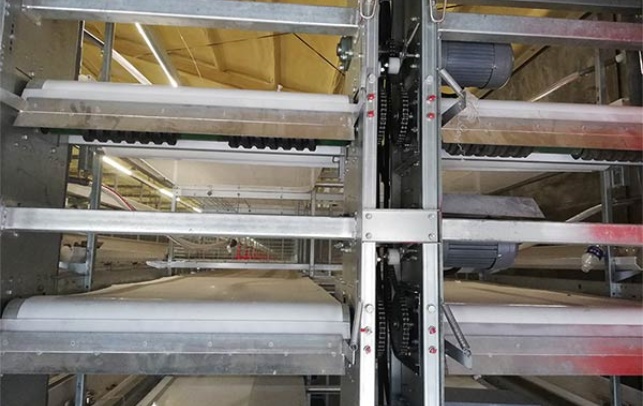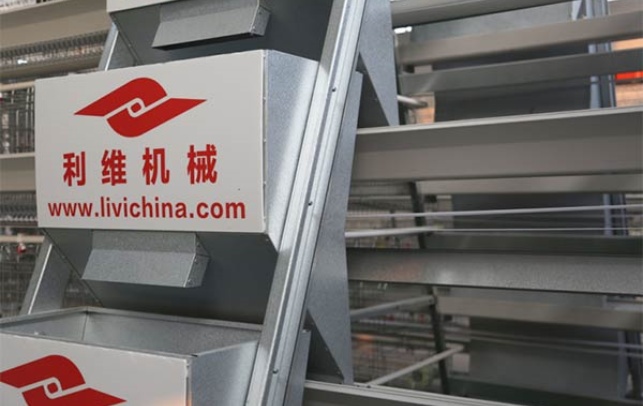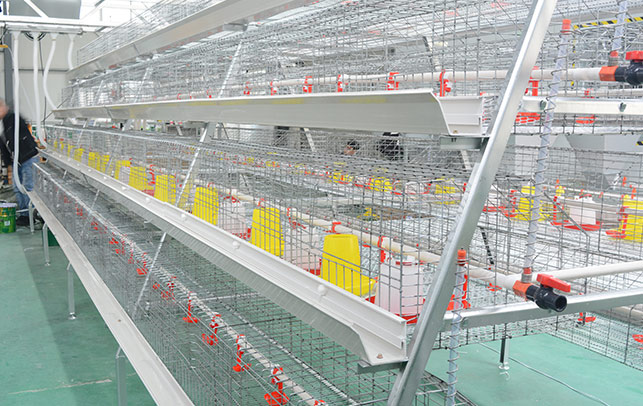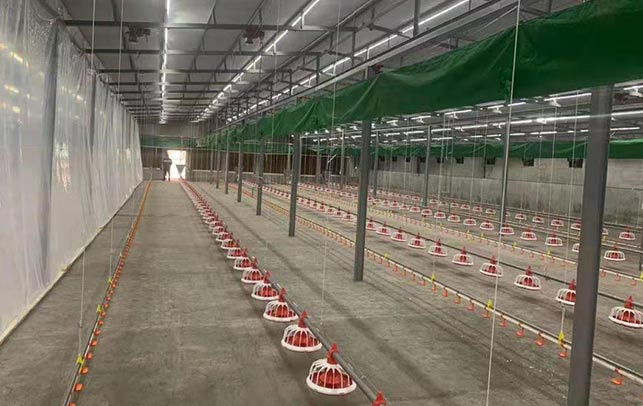Kenya Chicken Farm Automation: Equipment Cost-Performance Ranking Guide
Time : 2025-04-28
Welcome to the ultimate guide on Kenya chicken farm automation equipment. If you’re a poultry farmer in Kenya or looking to set up one, you’ll want to dive into this article to get the inside scoop on the best automation equipment for your farm. We’ll cover everything from the costs to the performance rankings, ensuring you make an informed decision for your chicken farm.
Introduction to Chicken Farm Automation in Kenya
In recent years, Kenya has seen a significant rise in chicken farming. With more farmers looking to automate their operations, it’s crucial to understand the cost-performance of various automation equipment. This guide will help you navigate through the options available and make a choice that best suits your needs and budget.
What is Chicken Farm Automation?
Chicken farm automation involves the use of technology to streamline farm operations. From feeding systems to monitoring the health of your flock, automation can greatly improve the efficiency and profitability of your farm. Here’s a breakdown of some common automation equipment:
1. Feeding Systems: Automated feeding systems help in providing your chickens with the right amount of feed at the right time, reducing waste and labor costs.
2. Watering Systems: Automated watering systems ensure that your chickens have access to fresh water at all times.
3. Monitoring Systems: Monitoring systems can track various parameters such as temperature, humidity, and ammonia levels to keep your chickens healthy and comfortable.
4. Incubators: Automated incubators help in hatching eggs with precision and efficiency.
5. Ventilation Systems: Automated ventilation systems regulate the air quality and temperature inside the chicken coop, maintaining a healthy environment for your chickens.
The Cost of Automation Equipment
Now, let’s talk about the elephant in the room – the cost. The cost of automation equipment can vary greatly depending on the brand, features, and the scale of your operation. Here’s a rough breakdown of what you can expect to pay for each type of equipment:
1. Feeding Systems: Prices for automated feeding systems can range from $1,000 to $10,000 or more, depending on the capacity and complexity.
2. Watering Systems: These systems can cost between $500 and $3,000.
3. Monitoring Systems: Monitoring systems typically range from $1,000 to $5,000.
4. Incubators: Incubators can be purchased for as little as $500 or go up to $10,000 and beyond, depending on the number of eggs they can incubate.
5. Ventilation Systems: Prices for automated ventilation systems start from $1,000 and can go up to $10,000 or more.
Performance Ranking: What to Look For
When it comes to choosing the right automation equipment, it’s not just about the cost. Performance is a critical factor that can make or break your operation. Here’s how you can rank the performance of different automation equipment:
1. Feeding Systems: Look for systems that provide accurate feed distribution, reduce waste, and are easy to maintain.
2. Watering Systems: Ensure the system provides clean, fresh water, has a low maintenance cost, and is durable.
3. Monitoring Systems: Opt for systems that provide accurate and real-time data on various parameters and are user-friendly.
4. Incubators: Consider incubators with a high hatchability rate, low energy consumption, and easy-to-use interfaces.
5. Ventilation Systems: Choose systems that efficiently regulate temperature, humidity, and air quality, while being energy-efficient.
Top Automation Equipment in Kenya
Now, let’s take a look at some of the top automation equipment available in Kenya, based on their cost-performance:
1. Feeding Systems: The Kader Feeding System and the Kemin Feeding System are both popular choices in Kenya, known for their reliability and affordability.
2. Watering Systems: The Moba Watering System and the Kentech Watering System are highly recommended, offering great value for money.
3. Monitoring Systems: The Kribi Monitoring System and the Kenya Poultry Monitoring System are top performers in terms of cost and performance.
4. Incubators: The Kipeto Incubator and the KPS Incubator are renowned for their high hatchability rates and ease of use.
5. Ventilation Systems: The Kenya Chicken Farm Ventilation System and the M-Sys Ventilation System are both great choices for maintaining optimal environmental conditions.
Conclusion
In conclusion, automating your Kenya chicken farm can be a game-changer for your business. By considering the cost and performance of different automation equipment, you can make an informed decision that will improve the efficiency and profitability of your farm. We hope this guide has provided you with the information you need to choose the right equipment for your operation.
Tags
